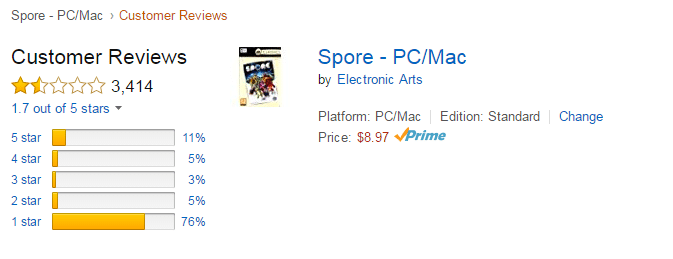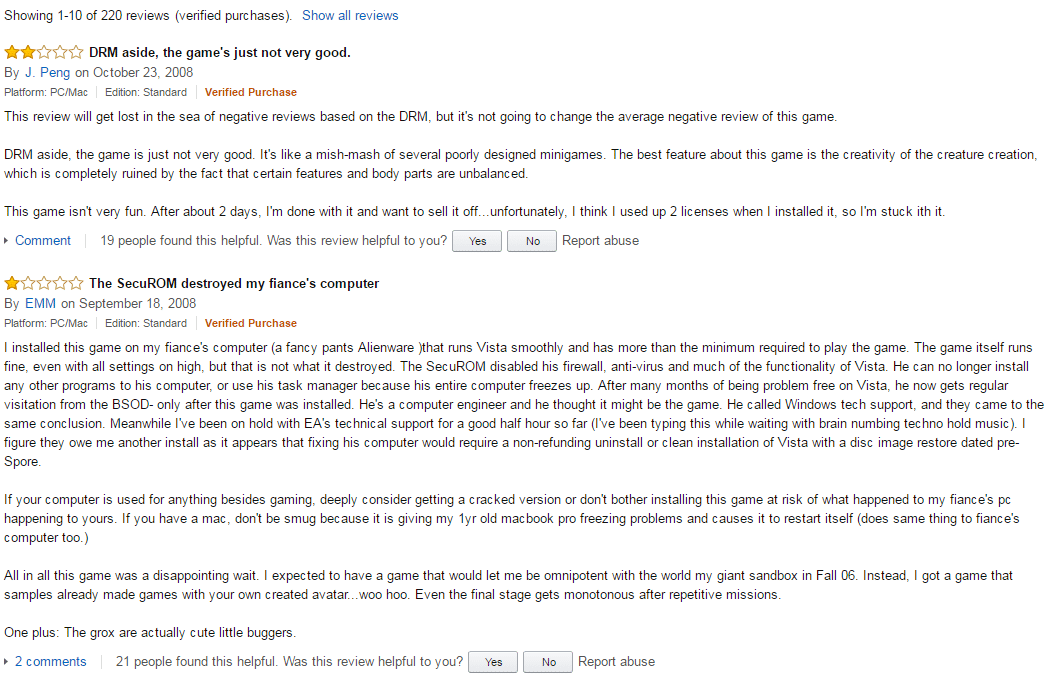Cayla is spying on you.
If you’re one of the parents who purchased the Cayla or i-Que toys for your kids you’re in luck. Not only are these toys spying on your kids and your entire family, they’re recording everything your family says.
It gets better.
These toys then send your illegally recorded, very private conversations to a defense contractor specializing in voice recognition.
This data is then used for marketing.
That’s right.
As a marketer you’ve probably heard this story before, haven’t you?
It’s no surprise customers refuse to share
Why would customers want to share their information with a company like this? The obvious answer is, they don’t. The vast majority of people want to choose the kind of information they share with others.
As marketers, we need information.
To sell more products and services, to cater to customer wants and needs. To show customers we can solve their problems. Getting this information is the difference between creating a product customers fight to buy…
Versus a product no one wants.
This information, when it’s collated and catalogued, becomes a persona you can use to attract the specific customer you want.
Personas have a specific role to play
Personas should give you a deep, intimate understanding of your customers.
Personas, when used properly, show you…
- What they want. As people we’re drawn to the same things – physiological needs, safety, love and belonging, growth, etc. You’ll need to discover how your customers meet these wants and needs.
- Who they are. Are they single or married? What’s their age range, education level and profession? How much money do they make? Do they have disposable income?
- What their interests are. interests, also known as psychographics tell you: what they read or watch, how they spend their free time, who influences them, what offends them, and more.
- Customer expectations. Expectations, both good and bad, drive customer behavior. If they’re skeptical they’re more likely to expect the worst. Are they expecting expert level knowledge from your firm? How do their desires tie into their expectations from you?
These details are absolutely vital. Yet most marketers ignore these details or they skimp on the information they need.
Why?
Because it’s too hard, customers won’t talk to me or I can’t get the information I need. These objections are pretty bad, but there’s one objection that’s even worse. It makes it impossible for marketers to learn new things about their customers.
I already know about my customers.
When we “already know” we close our minds to something new. It implies that we already know everything there is to know about our customers. What does this mean? We’re not interested in what anyone has to say.
Which is completely untrue…
Because customer behavior is dynamic
An economic downturn, out of control fuel prices, job loss. These circumstances motivate customers to change their behavior. When customers feel pressure from a wide variety of factors they change their behavior.
Your customers are always going through change.
Want to attract new customers and keep the ones you have? Use personas to track the changes they’re going through, then change with them.
What if you can’t?
What if you have no idea where to start, and even if you did you felt there was no way to get the information you wanted? Does that mean you’re out of luck?
Nope.
As it turns out, customers are volunteering. They’re willingly sharing the information you need – in their reviews.
It’s easy to find when you know where to look
You read their reviews. You look at your products. Your competitors products. Loosely related products in the industry.
You’re looking for trends, for data that fits one of the four categories I mentioned earlier. If you’re seeing the same objection or comment from 5 to 20 customers you’re onto something.
Here’s a few things you can look for:
- Desires and goals
- Problems, fears and frustrations
- Objections, risks and outcomes
- Age, education and occupation
- Hobbies, interests and activities
- Beliefs, morals and values
And the important aspect? You’re looking for trends. Behavior that displays patterns. And the best part? It doesn’t have to come from your reviews. It can also come from competitors, closely related products and even suppliers.
So what does that look like?
Cards Against Humanity is a party game where players complete fill-in-in-the-blank statements. Only players use politically incorrect and potentially offensive words or phrases.

Looking at Chrysswen’s review we’ve learned:
- She’s married
- She has more than one child with at least one teenager
- She’s an educated shopper with disposable income
- She values relationship building and connection over rules
Read the comments below her reviews and you’ll find more parents with older children.
So that’s our first persona. These reviews give us additional details like…
- Desires and goals. Parents who want to connect with their older kids.
- Problems, fears and frustrations. Their teenage kids aren’t as interested in spending time with them.
- Objections, risks and outcomes. Afraid of being seen/viewed as a bad parent for playing this with their kids.
- Beliefs, morals and values. A strong relationship and open communication is more open to these parents.
Dig deeper and you’ll find personas for grandparents, high school and college students. You’ll find friends playing together at get togethers and events. This gives you the details you need to dive as deep into your marketing personas as you like.

These are just a few of the details you can glean from customer reviews.
So how do you put these personas to work for you?
Use customer personas to improve your offering
In 2008, EA published a revolutionary game called Spore. This game gave players the ability to create their own creatures and bring them to life. It included action, real-time strategy, and role playing elements.
Spore received top marks from reviewers, including a 9.2 out of 10 from IGN. Customer demand for Spore was intense. It was a popular game right out of the gate. Critics and fans were pleased.
So why were 76 percent of their reviews one stars?

1. The game was viewed as simple and shallow.
2. EA used invasive DRM that kept customers from playing the game they purchased.

Customers filed a class action lawsuit against EA regarding SecuROM, their invasive DRM software. Sales plummeted as the launch was crippled by technical problems.
This is the part where personas shine
Let’s say you’re a game developer. You’re creating a similar game or you’re creating a game in the same genres. How do you create a winner?
1. You learn about your target audience. Who they are, what they want, what their interests are and what they expect.
2. You look for the mistakes made in each of the areas we discussed…
- Desires and goals
- Problems, fears and frustrations
- Objections, risks and outcomes
- Age, education and occupation
- Hobbies, interests and activities
- Beliefs, morals and values
And you fix or avoid these mistakes. You use the research you’ve gleaned from customer reviews. You use it to create something that exceeds their expectations.
It’s dangerous to base decisions on a review persona
Isn’t it?
What if your personas are wrong? It’s simple, you confirm them.
How?
With surveys and pre-selling. Offer customers an incentive, in exchange for their information. They answer a survey that either validates or falsifies the personas you’ve developed. If it’s falsified you simply discount that persona. If it’s validated you, test it some more until you feel confident you have the right information.
There’s no need for personas to be risky or dangerous.
Marketers used Cayla to do their dirty work
And just like that market research became a dirty word. If you’re a parent who purchased the Cayla or i-Que toy, you probably aren’t happy. There’s something invasive about saving illegally recorded conversations.
But it doesn’t have to be this way.
There’s no need steal customer data when they’re more than willing to give it. Online reviews give you the personas, the data you need to find and serve customers. It’s a simple way to build a closer relationship with your customers, no spying needed.
About the Author
Andrew McDermott
Andrew McDermott is the co-founder of HooktoWin. He shows entrepreneurs how to attract and win new customers.











